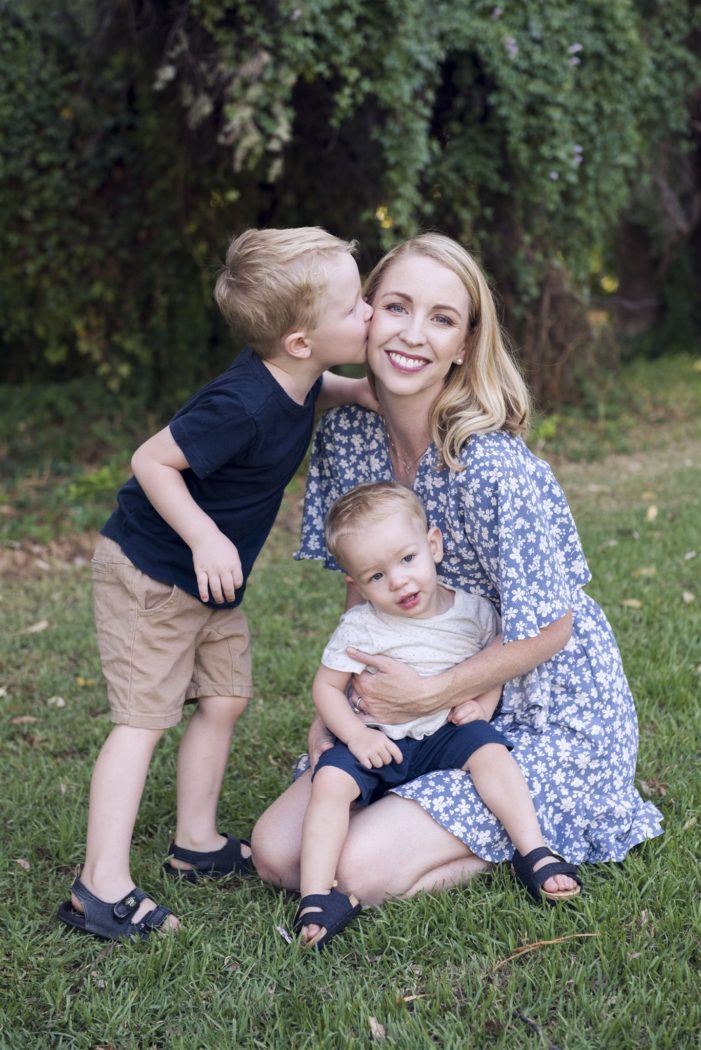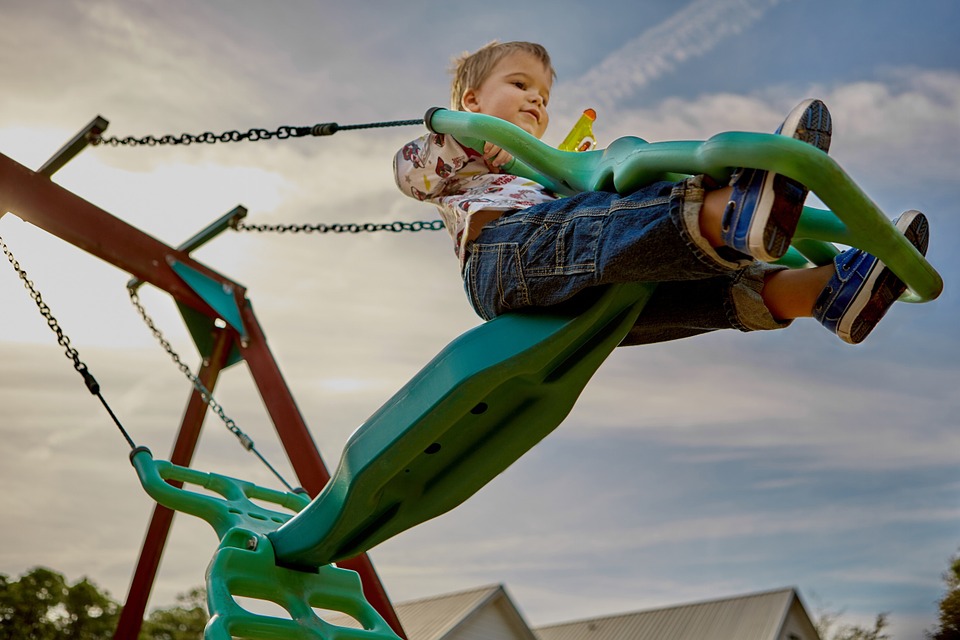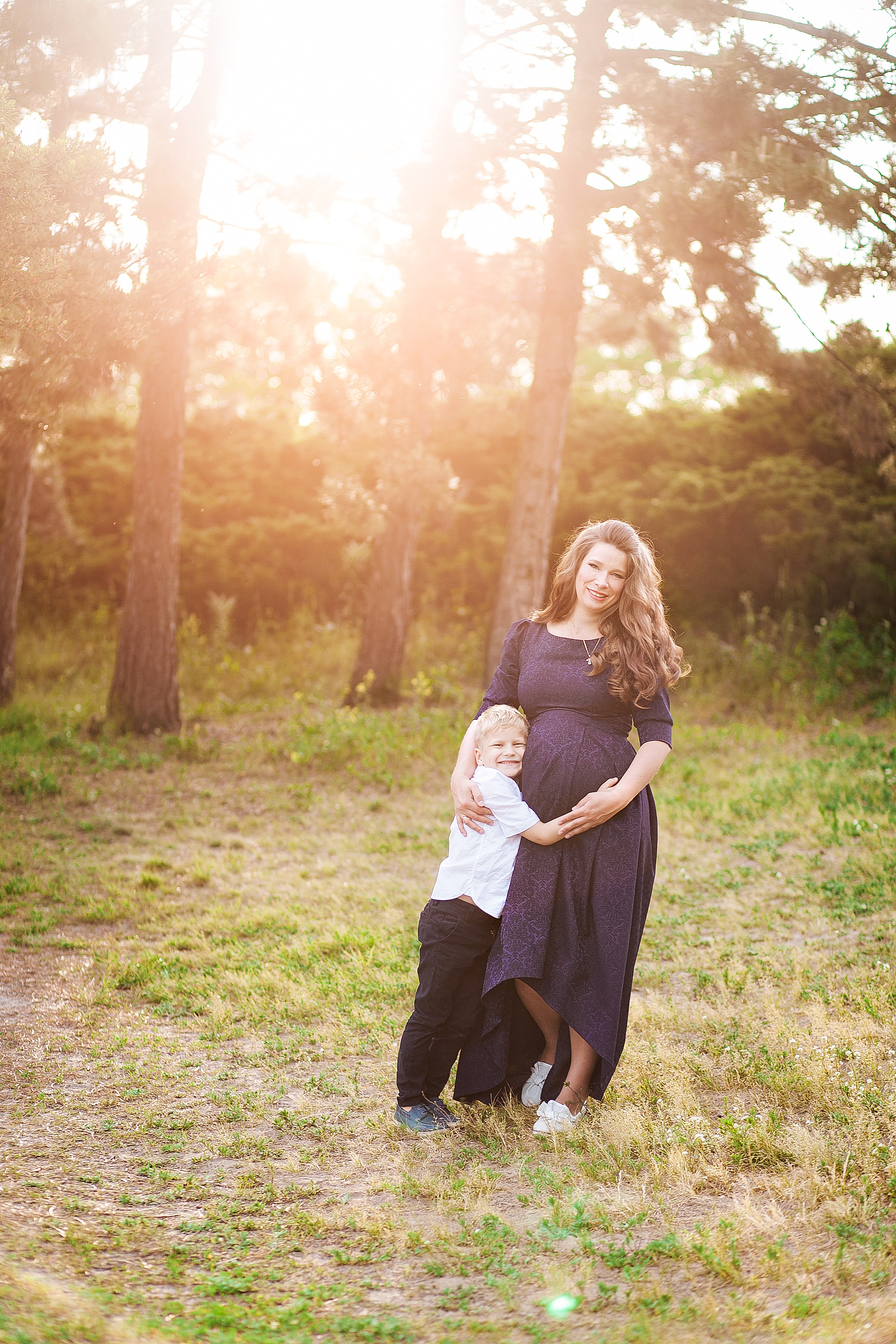On her recent Australian tour, hosted by Maggie Dent, registered child psychologist and founder of Wishing Star Lapointe Developmental Clinic, Dr. Vanessa Lapointe disclosed her ultimate formula for parenting. Offspring shares her advice.
If you’ve ever wished your baby came with an instruction manual, you are not alone. Parenting can be overwhelming and there’s so much conflicting advice it’s hard to know how to best parent your children. Thankfully, Dr. Vanessa Lapointe dispels common myths in her guide to laying a healthy foundation for the baby and toddler years, Parenting Right From the Start. She asserts that there is a way to successfully navigate the struggles of parenthood whilst fostering a sense of wellbeing in your children. It’s all down to a simple parenting formula:
1 – Make sense of who you are
2 – Understand your child’s needs
3 – Step in.
Let’s break it down step by step:
1- Making sense of who you are
Dr. Vanessa Lapointe makes it clear that you will parent as you were parented. This means you need to assess your own upbringing and evaluate the parenting patterns that dominated your own childhood.
Typically, these are not comfortable revelations. However, Dr. Lapointe is quick to point out that all parents do the best with the tools they have – in the era in which they were parenting. She argues that most adults these days will have been parented according to ‘behaviourist’ principles.
This way of parenting was focused on manipulating a child into behaving well. This was because ‘good’ behaviour was considered equal to ‘good’ parenting. You can still hear the hangover from this style of parenting in today’s parenting pop culture: How often do you hear, “Good boy” or “Good girl”? Often, strategies such as ‘consequences’ were devised to encourage children to adhere to the rules.
One such strategy is the principle of a time-out. In a time-out, a child is removed from a situation because they are behaving poorly. It’s the equivalent of making a child stand in the corner. The parent does not make eye contact, the parent does not give the child their voice and instead removes all connection. The problem with this model is that the most important thing for a developing child is connection.

Reward charts do not fare much better. Dr Lapointe is quick to point out that a sparkly gold sticker might be great to praise a particular behaviour, but the flip-side is it quickly becomes the ‘not-star chart’ meaning that all other behaviours do not get a star and so the child feels punished.
So traditionally we have coerced our children into ‘behaving’ by removing the one thing they need the most: connection. These old methods do usually get results, at least at first, but Dr. Lapointe cautions that it comes at a cost. To highlight this point, Dr. Lapointe refers to the ‘still face experiment’ where a mother engages with her baby as she would at home, before turning and clearing her face of all emotion. When she turns back to the baby she has a completely ‘still’ face. She has disconnected. It’s not easy to watch. The baby becomes very distressed until the mother re-engages and connects.
Thankfully, Dr Lapointe says, “Now, we know better”. By understanding and making sense of who we are, we are in a better position to parent differently.
2 – Understand your child’s needs
The second part of the parenting formula involves understanding your child’s individual needs, and not setting the bar too high. Most children need time to develop and grow. If we choose to rush childhood in order to make our lives easier, it can have a long-lasting negative impact.
Dr. Lapointe highlights our need to grow children who are capable and independent without stopping to consider what is really age appropriate. She likens this rush to pulling on the top of a plant. A plant will not grow faster or better if you are pulling on the top of it; instead this will uproot it and cause damage. It’s the same with child development.
One area that parents are keen to rush (for obvious reasons) is sleep training. Sleep training is a key area of tension, conflict and comparison among new parents. Many new mums find themselves sneaking the cot back into the main bedroom or cuddling their child to sleep every night but feeling guilty that the child will never learn to ‘self-soothe’. Dr Lapointe reassures new mums that being attentive and fostering that intimate relationship with your new baby is absolutely the right thing to do. Babies who feel loved, connected, safe and secure will develop as nature intended and will eventually learn to settle on their own when the conditions are right.
She suggests that sleep training is in fact for adults. It is adults who need to learn to create the right environment for a secure and settled child, everything else will follow on if they have the number one thing that all children need: connection.

All children progress through various stages of brain development as they grow. Psychologist Dr. Gordon Neufeld shines a light on the way children make sense of their relationships and how parents can tune in to support them:
Year One
The attachment relationship is understood in sensory terms: Babies want to taste, touch and smell you.
Year Two
In the second year of life children add to their sense of attachment through sameness. They want to see the similarities between you e.g. Mummy likes apples just like me!
Year Three
A child makes sense of attachment in their third year through as sense of belonging and loyalty. They are likely to become very possessive at this age e.g “My Mummy!’ A secret handshake and saying, “My boy” or “My girl” will help a child of this age feel connected.
Year Four
This year a child wants to feel significant. They want to feel that they matter. Typically they will show you every drawing they do, seeking attention and to feel important. Try to give them this attention and stay one step ahead by thinking of ways to show them they are special.
Year Five
The feeling of love truly resonates at this age. Expect lots of drawings of love hearts! Reciprocate this new feeling of love to help your child feel connected to you at this age.
Year Six
Although falling in love with you seems like the most profound connection, in their sixth year they will feel truly known. They understand that every aspect of them (the good, the bad and the ugly) can shine through in the restful knowledge that all will be accepted.
3- Step in.
This is about being the parent. Offspring recently shared a free excerpt from Dr. Lapointe’s new book in which she discusses ‘parental swagger’. This is about being ‘large and in charge’ whilst being respectful of what your child needs you to be in any given moment. Children need to know that you’ve got this.
Dr. Lapointe describes the parenting mountain, where every parent wants to sit at the peak and enjoy the spectacular views. The problem is that it is easy to slide off of this peak and fall down one of the sides: Either down a bullying, emotionally distant and disconnected slope or conversely down an overly kind, pandering and ‘jellyfish’ slope.
The first slope sees us so determined to enforce rules that we forget to connect with our children. It is the remnants of the behaviourist parenting theories. However, the other side is no better. This side sees you reluctant to maintain control and be in charge, it sees you lacking ‘parental swagger’ and is equally harmful for child development.
What your child needs, at any stage of development, is a balance of both. Everyone has off days but if you can provide an environment where your child feels seen, heard and connected to you then you are on the right track.
Your child needs to be able to lean on you as they navigate their childhood. If you are yelling at them or shaming them for behaviour you don’t like, are they likely to want to lean in to you and to show you their most loving side? No, of course not.
Conversely, if you agree to everything they ask and let them do as they please, are they going to feel that you are strong enough to guide them through life’s challenges? No, they won’t.
So what does parenting ‘right’ really look like?
Let’s use the formula on a real-life scenario:
Imagine your child is having a meltdown in the middle of the supermarket because you won’t let them have a cookie right before dinnertime.
1- Making sense of who you are
In this case you need to check in to understand your response to their meltdown. Are you feeling stressed about the judging eyes of other people around you? Do you feel like you just want to give in to make this behaviour stop so you won’t be embarrassed?
Acknowledging these feelings is the first step in being able to break the cycle so that you can parent better.
2 – Understand your child’s needs
No matter how old your child is, they need to be seen and heard. They need you to get down on their level and calmly tell them that you understand it’s disappointing that they got a ‘no’ when they were hoping for a ‘yes’. Disappointment is a tough emotion to regulate, and they need to learn these skills from you. Acknowledge your child’s emotional response. It’s a normal part of healthy development!
3 – Step in
Now step in with your parental swagger and be the parent. Use your ‘large and in charge’ voice to firmly reiterate that, “No, they cannot have a cookie before dinnertime”. Note that you do not have to justify yourself. Getting into a battle about whether or not they will eat their dinner is starting to have ‘jellyfish’ tendencies and is not helpful. Young children are not at a developmental age to rationalise consequences of eating a cookie now and its impact on their appetite. That’s your job.
Just step in and be the parent.
Cultivate an intimate relationship that is kind, caring and connected whilst maintaining a good degree of parental swagger. Do that most days? You’re getting it right.
























